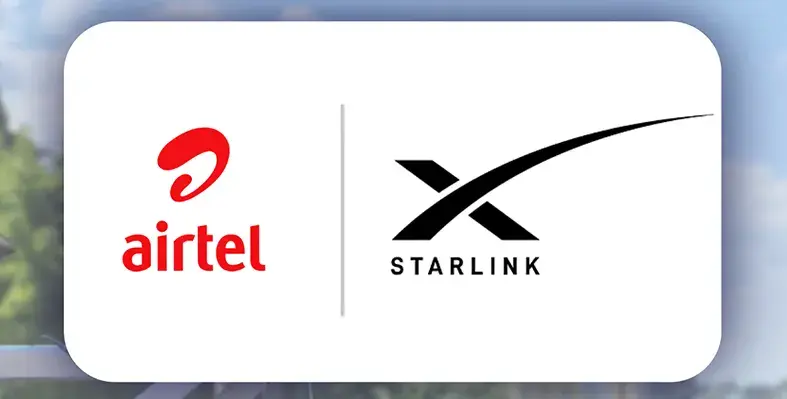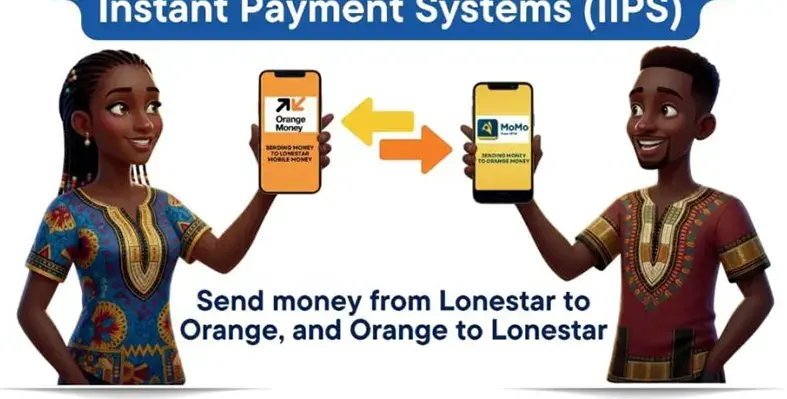Over the last two decades insurance markets across the globe have changed dramatically. The blanket distribution model of insurer-to-broker-to-consumer has gone forever, as direct writers, the internet, online aggregators and a host of other channels have emerged.
p>Over the last two decades insurance markets across the globe have changed dramatically. The blanket distribution model of insurer-to-broker-to-consumer has gone forever, as direct writers, the internet, online aggregators and a host of other channels have emerged.
Clearly the market today is totally unlike that of 20 years ago and predicting with any accuracy how the distribution landscape will look in another 20 years is practically impossible, but we do know it will be different from today.
“Yet,” says Rhys Collins, Country Manager for SSP, “we can benefit from the lessons learned over these years. There are a couple of constants that all industry players would do well to keep in mind. The first is the principle of getting the right products to the right people at the right time. The second is that at the heart of this changing landscape lies the application of technology, and in particular, system connectivity within an organisation and with outside partners and suppliers – potentially the entire insurance value chain.”
Collins says insurers and brokers simply cannot ignore the developments happening around them – because their own customers are expecting them to take part. “The list of customer wants is age-old: a trusted brand, a competitive price, fast and hassle-free service, good advice and overall value for money. But in today’s multi-channel world they also expect an integrated service, where they can use any one of the available channels for the same piece of business.”
Collins says if the insurance organisation cannot offer this integrated service, it risks losing business and ultimately damaging its brand as the generational changes continue over time.
And of course in today’s diverse environment, it’s not just the customer who has these demands. So too do outside partners and suppliers. The challenge is to reduce costs throughout the supply chain, while actually improving customer service, spending more time selling insurance and responding to market opportunities and future compliance requirements quickly and cost-effectively. “The sensible application of technology is the key to meeting this challenge. But the established industry players have been relatively slow to take up new technology, especially when compared to their peers in other industries, such as banking and travel,” says Collins.
He says one of the reasons for this is the ‘legacy conundrum’. Insurers keep IT systems for at least 15 years on average, and brokers 10 years. The cost of ownership of these legacy systems may appear low but is often actually high, as usually more than 70 per cent of the IT budget is spent on maintenance. This impacts on the ability to make business process changes quickly and cheaply. In turn, this discourages or at least delays improving business effectiveness and efficiency, reducing the funds available for investment in new technology.
Legacy systems limit the agility insurers and brokers need today to compete. “If it’s impossible to call up all the products a client has in one place, as is too often the case, it’s no surprise some industry players abandon the idea of integrated multi-channel distribution altogether,” he says.
“But,” says Collins, “it’s when the chips are down that some of the best opportunities arise. The insurer has to make sure its connectivity is right for the business. The ultimate goal must be to move human resources away from the run of the mill cases that can be automated and onto the more profitable business that really needs good underwriting. The best advice for insurers and brokers is to go with industry standard data, message, product or wording formats wherever possible, but if they’re not available in a given situation, they should explore connecting with third parties directly. Standards matter, but getting the most out of electronic business matters more in a competitive environment.”
Around the world, the best systems suppliers haven’t limited themselves to just handling a particular set of standards, such as ACORD. They have learned that addressing the issue of connectivity keeps customers, partners and suppliers happy. At the same time, it also maximises revenue opportunities, making cross-selling, dynamic pricing and pricing by channel much easier and reduces cost throughout the business.
Experience shows that every major insurer and broker can cut many of its processing costs by at least 20 per cent if it makes good use of IT. “This means that better IT could have a greater impact on the bottom line than reduced commission levels, or better investment returns,” he says.
An insurer can achieve lower costs in a number of ways: by letting the customer or broker partner do the work through online self-servicing; by streamlining workflow and business processes; by adopting straight-through processing across the chain; by building products only once instead of for each channel; and by delivering documents electronically and securely. But what about the legacy systems, which all too often stand in the way? Replacing these systems has historically been a major undertaking for large insurers: it has required a high upfront spend and up to three years to carry out, and has been fraught with risk along the way. Today, it’s still a big job, but with the latest component-based systems the whole operation can be done in bite-sized chunks – component by component, business process by business process – bringing the benefits more quickly and resulting in a higher return on investment. And of course modern IT systems are designed with business benefits in mind, offering things like multi-channel deployment out of the box at a fraction of the historic cost.
Today, looking around the world, we see communications channels converging and expect the arrival of a true multi-channel environment in many markets.
The winners of the distribution game will surely be those who know what their customers, partners and suppliers want, and who are prepared and able to adapt to a changing environment. Changing customers and customer needs will impact on everyone’s proposition and delivery sooner or later. Coping with these ongoing changes in distribution means being open to new technology and adapting to new challenges. “If you’re serious about getting distribution right, technology is a major component of that strategy, so you need to be thinking how technology underpins and supports your vision.”





















